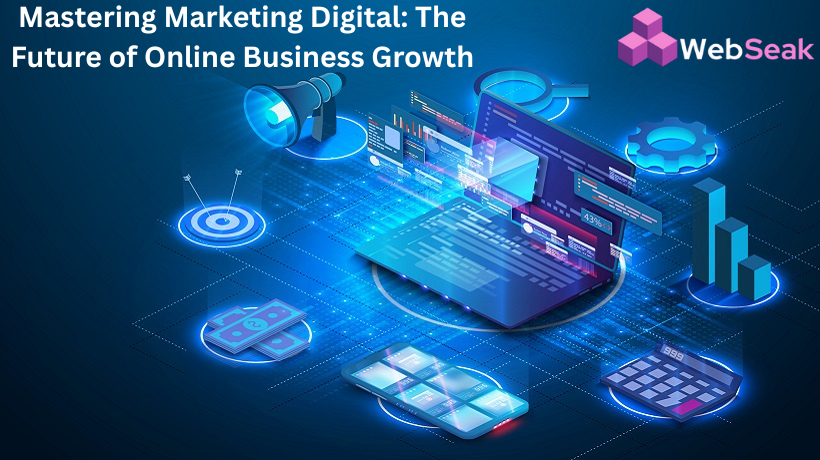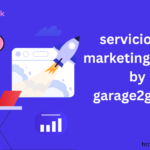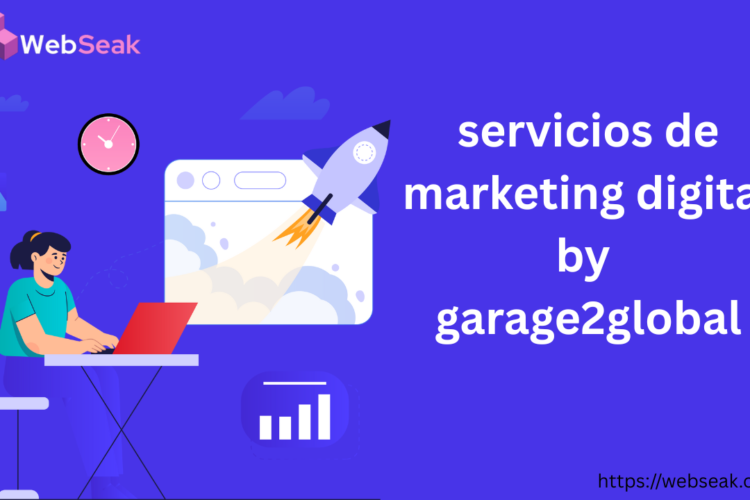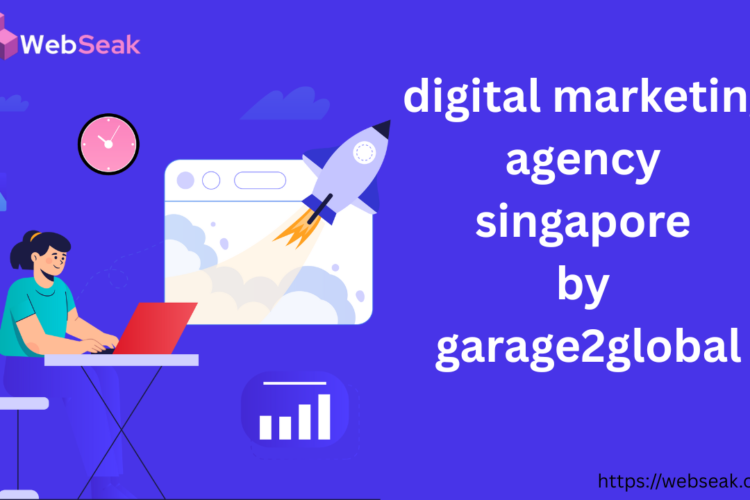
Introduction to Marketing Digital
The rise of the internet has revolutionized how businesses reach and engage with customers. Traditional marketing is no longer sufficient in a world where consumers spend hours online daily. Marketing digital, or digital marketing, is the strategic use of online platforms, tools, and techniques to connect with your audience. It encompasses everything from search engine optimization (SEO) and social media to email campaigns and pay-per-click (PPC) ads.
In this guide, we’ll explore what marketing digital is, why it matters, key strategies, and how businesses can leverage it to generate leads and revenue in a competitive online space.
Table of Contents
What is Marketing Digital?
Marketing digital is the promotion of products, services, or brands through digital channels such as websites, search engines, social media, email, and mobile apps. It includes both organic and paid methods to attract users, build relationships, and convert leads into loyal customers.
Unlike traditional methods like billboards or print ads, digital marketing provides data-driven insights, real-time feedback, and scalable targeting options.
Benefits of Marketing Digital for Businesses
1. Broader Reach
With billions of internet users globally, digital marketing offers access to an unparalleled audience. You can reach people across geographies, time zones, and demographics.
2. Cost-Effective Campaigns
Digital strategies like SEO, content marketing, and email are often more affordable than TV or print advertising, making them ideal for startups and small businesses.
3. Measurable Results
Digital campaigns are tracked with metrics such as clicks, impressions, conversion rates, and engagement. This data allows businesses to optimize in real time and maximize return on investment (ROI).
4. Improved Targeting
With tools like Google Ads and Facebook Ads Manager, businesses can target users by age, gender, location, behavior, and interests.
Core Components of Marketing Digital
1. Search Engine Optimization (SEO)
SEO is the process of optimizing your website to rank higher in search engine results. It involves keyword research, content creation, technical optimization, and link building.
2. Pay-Per-Click Advertising (PPC)
PPC allows you to place ads in search engines or social platforms and pay only when users click. Google Ads is the most widely used PPC platform.
3. Social Media Marketing
Platforms like Facebook, Instagram, LinkedIn, and X (formerly Twitter) are powerful tools for brand visibility, engagement, and lead generation.
4. Content Marketing
Content marketing involves creating valuable, relevant content—like blogs, videos, ebooks, or infographics—to attract and educate your target audience.
5. Email Marketing
Email remains one of the most effective tools for nurturing leads and building long-term relationships. Segmentation, personalization, and automation are key to success.
6. Influencer Marketing
Brands collaborate with influencers to reach a loyal audience quickly. It’s especially powerful in niches like fashion, fitness, and lifestyle.
7. Affiliate Marketing
With affiliate programs, businesses reward external partners (affiliates) for driving traffic or sales through tracked links.
Trends Shaping the Future of Marketing Digital
1. AI and Automation
AI tools now help personalize ads, analyze user behavior, automate tasks, and even generate content.
2. Voice Search Optimization
With the rise of smart speakers, optimizing content for voice queries is becoming essential for SEO.
3. Video Content
Short-form videos on platforms like YouTube Shorts, Instagram Reels, and TikTok are dominating engagement.
4. First-Party Data
As third-party cookies are phased out, businesses are focusing on collecting and leveraging their own data.
5. Interactive Experiences
Quizzes, polls, calculators, and AR/VR are redefining user engagement in digital campaigns.
Steps to Build a Successful Digital Marketing Strategy
1. Define Your Goals
Start with clear, measurable objectives such as increasing website traffic, generating leads, or boosting sales.
2. Know Your Audience
Use market research, analytics, and buyer personas to understand your audience’s needs and online behavior.
3. Choose the Right Channels
Not all platforms suit every business. Select channels where your target audience spends time.
4. Create a Content Plan
A consistent content strategy, aligned with SEO and user needs, builds authority and trust.
5. Leverage Data Analytics
Use tools like Google Analytics, Meta Business Suite, or SEMrush to monitor performance and refine tactics.
6. A/B Testing
Test headlines, CTAs, emails, and landing pages to see what resonates best with your audience.
7. Optimize for Mobile
With most users accessing the internet on mobile, ensure your website and content are responsive and fast-loading.
Challenges in Marketing Digital
1. High Competition
Every business is online, which means standing out requires creativity, consistency, and strategic investment.
2. Algorithm Changes
Social media and search engines frequently update algorithms that affect visibility and traffic.
3. Data Privacy Regulations
Businesses must comply with laws like GDPR or CCPA that govern how user data is collected and used.
4. Technology Overload
With countless tools available, choosing the right tech stack can be overwhelming.
Why Choose Webseak for Marketing Digital?
Webseak is a leading-edge digital marketing agency offering tailored strategies to help businesses grow online. Whether you’re a startup or an established enterprise, our team combines creativity, technology, and data to deliver measurable results. Our services include:
- SEO and content optimization
- Google Ads and PPC management
- Social media strategy and management
- Email campaigns and automation
- Custom website and funnel design
- Analytics, tracking, and conversion optimization
We don’t just market—we build your digital brand for long-term success.
Conclusion
Marketing digital is not a trend—it’s the backbone of modern business success. By understanding its elements, staying on top of trends, and working with expert partners like Webseak, businesses can thrive in the digital space. Whether your goal is awareness, engagement, or conversions, a smart digital strategy can help you get there faster and more cost-effectively.
Now is the time to future-proof your brand and tap into the full power of digital marketing.





